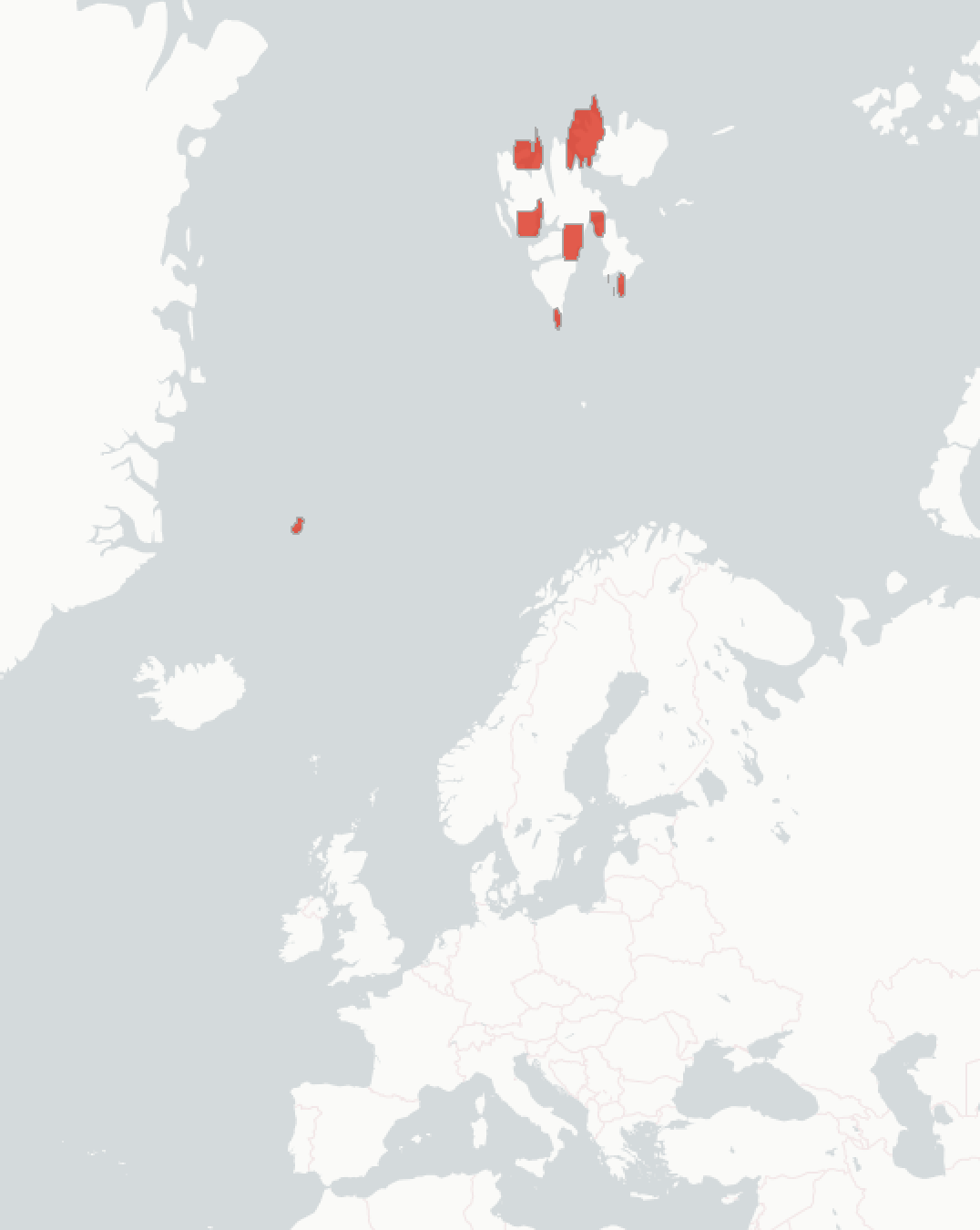Sabine’s Gull (Xema sabini): vulnerability to climate change
Evidence for exposure
Potential changes in breeding habitat suitability:
-
Current breeding area that is likely to become less suitable (100% of current range)
-
Current breeding area that is likely to remain suitable (0%)
-
Current breeding area that is likely to become more suitable (0%)
Current impacts to Sabine’s Gulls attributed to climate change:
-
There are no impacts of climate change recorded for this species
Predicted changes in key prey species:
No key prey assessment was carried out for this species.
Sensitivity
-
As a high-arctic species, it is likely that Sabine’s gull is sensitive to climate change as the Arctic is currently undergoing rapid climate and ecological change. However no impacts have been observed so far
-
There are generally few assessments of individual populations or their relative status, so impacts may not be recorded
-
There is evidence that annual survival is affected by extreme climatic events in its tropical, non-breeding range; these may become more frequent with climate change
-
Sabine’s gulls typically nest in low-lying, flooded area, often very close to the high-tide line, which makes them vulnerable to storms and flooding. More frequent extreme storms or flooding during the breeding season could have severe effects on populations.
Adaptive capacity
-
Populations of Sabine’s Gull overlap and meet during the non-breeding season (low migratory connectivity). Because of this populations immigration is more likely to buffer climate change impacts, and higher genetic diversity of populations means adaptive response to climate change is more likely.
